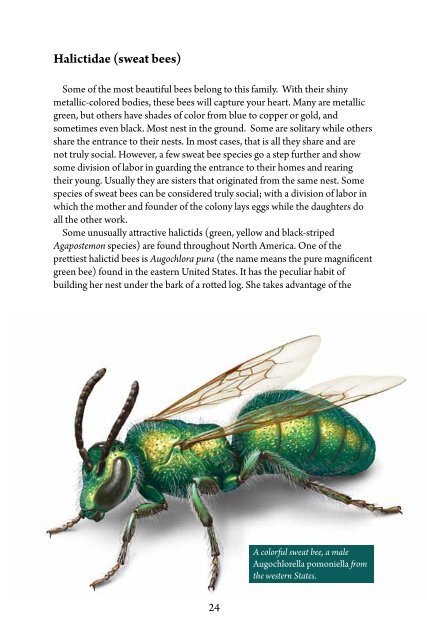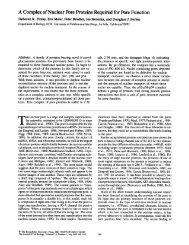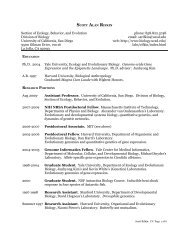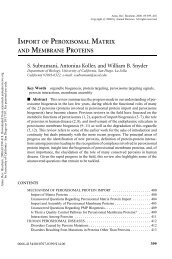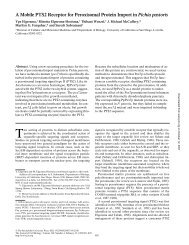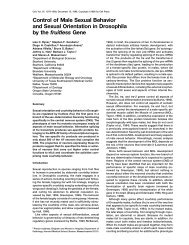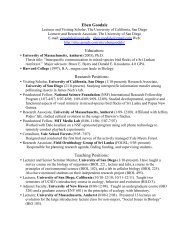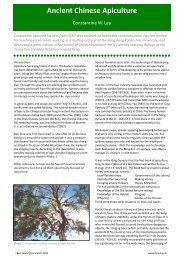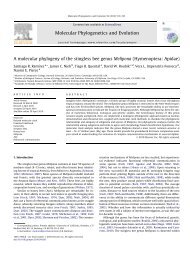Bee Basics - USDA Forest Service - US Department of Agriculture
Bee Basics - USDA Forest Service - US Department of Agriculture
Bee Basics - USDA Forest Service - US Department of Agriculture
Create successful ePaper yourself
Turn your PDF publications into a flip-book with our unique Google optimized e-Paper software.
Halictidae (sweat bees)Some <strong>of</strong> the most beautiful bees belong to this family. With their shinymetallic-colored bodies, these bees will capture your heart. Many are metallicgreen, but others have shades <strong>of</strong> color from blue to copper or gold, andsometimes even black. Most nest in the ground. Some are solitary while othersshare the entrance to their nests. In most cases, that is all they share and arenot truly social. However, a few sweat bee species go a step further and showsome division <strong>of</strong> labor in guarding the entrance to their homes and rearingtheir young. Usually they are sisters that originated from the same nest. Somespecies <strong>of</strong> sweat bees can be considered truly social; with a division <strong>of</strong> labor inwhich the mother and founder <strong>of</strong> the colony lays eggs while the daughters doall the other work.Some unusually attractive halictids (green, yellow and black-stripedAgapostemon species) are found throughout North America. One <strong>of</strong> theprettiest halictid bees is Augochlora pura (the name means the pure magnificentgreen bee) found in the eastern United States. It has the peculiar habit <strong>of</strong>building her nest under the bark <strong>of</strong> a rotted log. She takes advantage <strong>of</strong> theA colorful sweat bee, a maleAugochlorella pomoniella fromthe western States.24


